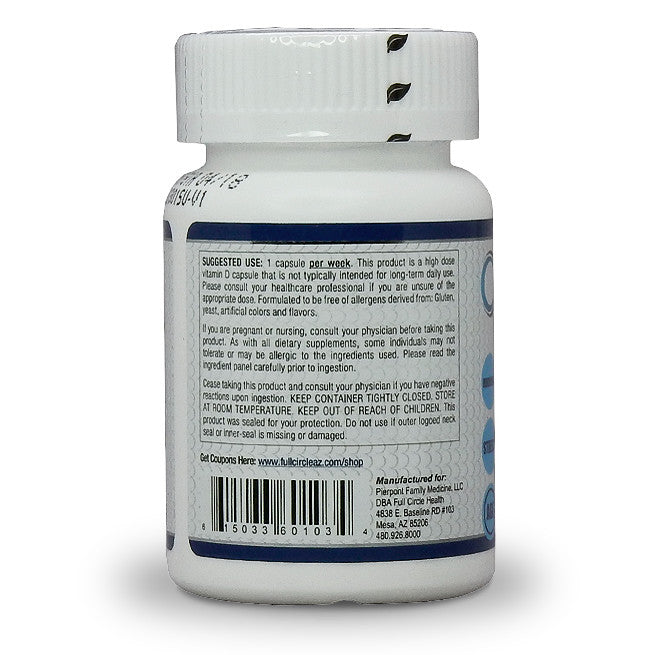

Figure 1 shows the graphic picture of the 3 levels of 25(OH)D. The increase in the level of 25(OH)D on 50,000 IU weekly was significant from 13.16☓.30 ng/mL to 36.97±4.67 ng/mL ( P<0.001) and then 2,000 IU daily for next three months, the level of 25(OH)D dropped top 20.38±5.42 ng/mL ( P<0.001).

Table 1 gives the rest of the blood investigations, post treatment by 50,000 IU weekly for 3 months. The baseline 25(OH)D level was 13.16☓.30 ng/mL intact parathyroid hormone level of 8.96☐.53 pc/mL. The average age was 44.95☑2.97 years with the mean BMI of 29.60☒.59 kg/m 2.

The data for 128 patients were available for analysis. Seven patients were excluded as 6 patients started taking calcium preparation twice daily which had 600 IU of vitamin D3 and 1 patient moved out of the region and did not come for follow up. The data was entered in the data base and analyzed using the SPSS software, version 21.0 (SPSS Inc., Chicago, IL, USA).

Vitamin D sufficiency defined 25-hydroxy-vitamin D (25D) level of ≥75 nmol/L (≥30 ng/mL), insufficiency as 50 to 75 nmol/L (20–30 ng/mL), and deficiency as ≤50 nmol/L (≤20 ng/mL). Baseline blood hematology, biochemistry, and bone panel were also done. Weight and height was taken to calculate the BMI. History and clinical examination were done to rule out any metabolic bone disease. Exclusion criteria was patients whose history suggestive of metabolic bone disease, renal failure or any other auto-immune disease. The inclusion criteria was treatment naïve for vitamin D deficiency and insufficiency, will give informed consent, agree for follow up and will not change the study protocol, which was a standard treatment of 50,000 IU of vitamin D3 weekly for 3 months, a blood test for the vitamin D levels at the end of three months, maintenance dose of 2,000 IU/day of vitamin D3 for three months and a third blood sample after 3 months. One hundred and thirty-five Saudi Arabian men and women treatment naïve for the vitamin D deficiency and insufficiency were part of this study which was conducted between October 2016 and December 2017. Approval of the study was obtained from the Institutional Review Board of Imam AbdulRahman Bin Faisal University, Dammam (IRB No.


 0 kommentar(er)
0 kommentar(er)
